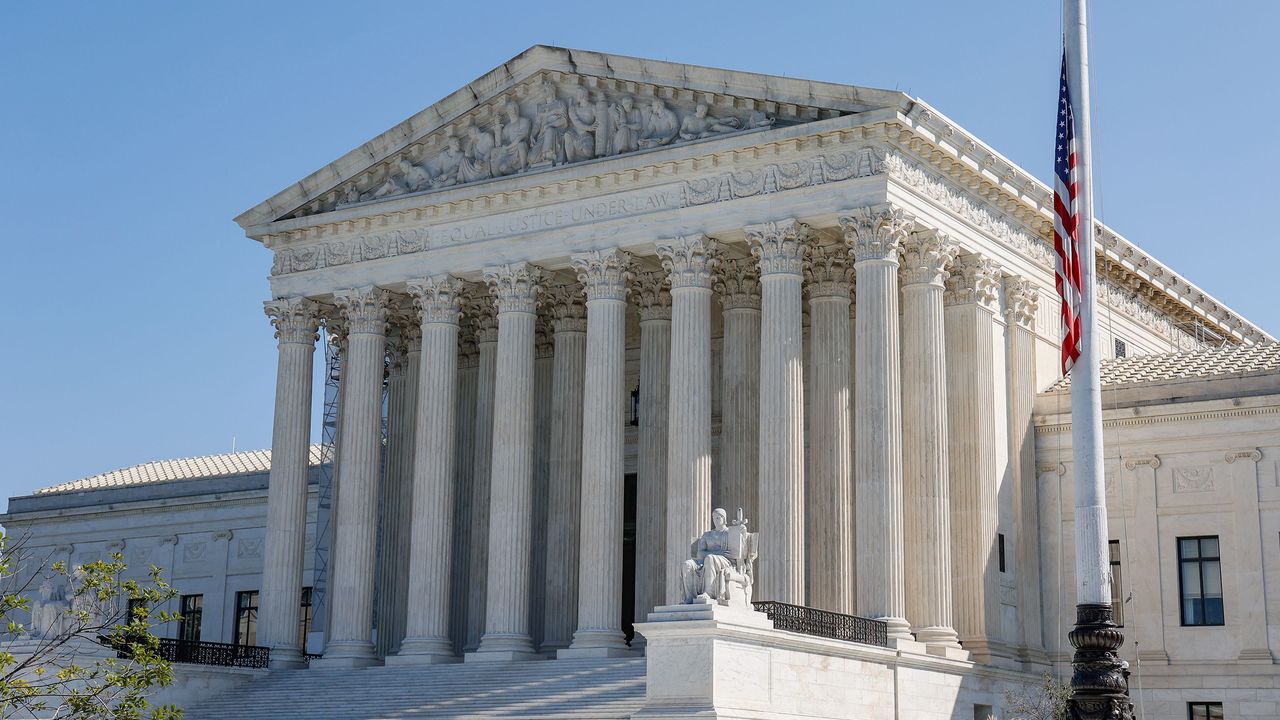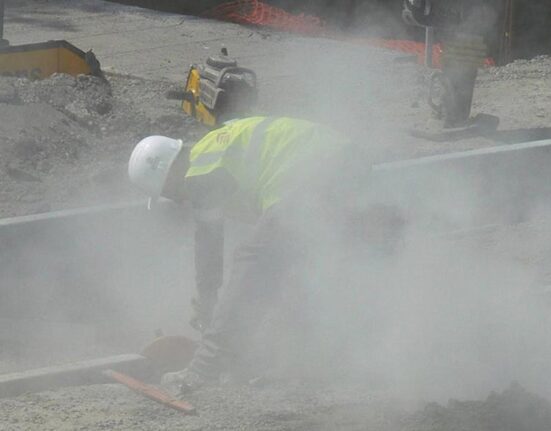The U.S. Supreme Court recently made a significant decision regarding a controversial railway project in Utah that has stirred up heated debates among environmentalists, policymakers, and local communities alike. This ruling has far-reaching implications for the future of environmental regulations in the country.
Controversial Utah Railway Project
At the heart of this legal battle was an 88-mile railway proposed to link the oil fields of northeastern Utah to a national rail network running along the Colorado River and leading to refineries on the Gulf Coast. The project aimed to transition from transporting waxy crude oil by trucks through narrow mountain passes to using trains for quicker delivery, potentially boosting the local economy by quadrupling oil production in Uinta Basin.
Environmental Concerns
However, environmental groups and concerned parties raised alarm bells over potential risks associated with this railway project. They pointed out the dangers of derailments and spills into the Colorado River—a vital water source serving millions of people. Moreover, there were fears of increased air pollution in the Uinta Basin due to methane emissions from oil fields and volatile organic compounds linked to health hazards like cancer.
The Battle in Courts
Despite these environmental concerns, after a lengthy process that included an Environmental Impact Statement (EIS), which detailed significant adverse impacts anticipated from the railway’s construction, including disruptions to wetlands and land use, the Surface Transportation Board approved the project citing its economic benefits outweighing environmental impacts.
Subsequently, EarthJustice and other advocacy groups contested this decision at the U.S. Court of Appeals, arguing that crucial considerations were omitted from assessing how residents near oil fields or along Gulf Coast would be affected by this development. The appellate court sided with opponents highlighting inadequate analysis on broader regional consequences.
Supreme Court’s Verdict
Following appeals reaching up to the Supreme Court level where Justice Brett Kavanaugh penned down a notable opinion supported by four other justices; it was ruled in favor of proceeding with construction despite objections raised earlier on neglecting downstream effects on communities involved in refining operations.
This verdict has sparked mixed reactions within various circles with critics viewing it as a setback for environmental protection efforts while proponents see it as paving the way for economic growth opportunities and infrastructure development.
Implications Moving Forward
The outcome of this legal battle underscores ongoing tensions between development interests and environmental conservation priorities across different sectors. It also sheds light on challenges faced in balancing economic progress with ecological preservation amid escalating concerns about climate change impacts stemming from fossil fuel extraction activities like those facilitated by such projects.
As stakeholders continue grappling with these complex issues shaping our sustainable future, one thing remains clear—the need for robust regulatory frameworks ensuring thorough evaluation processes are upheld when greenlighting projects impacting our environment significantly.









Leave feedback about this